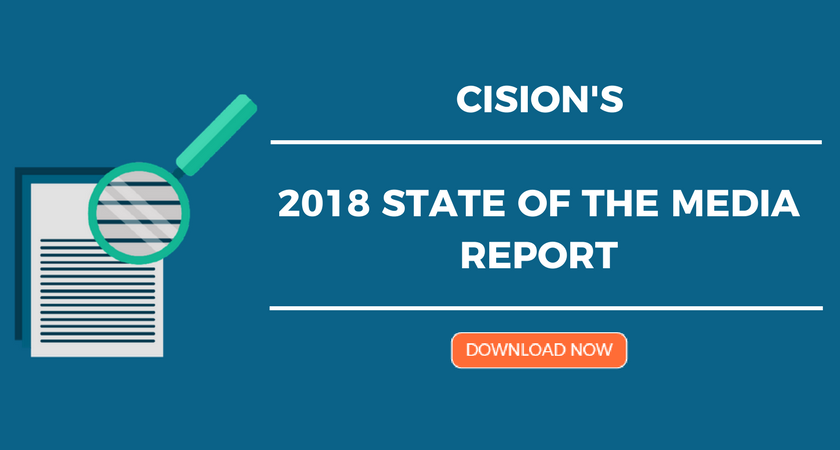Do you remember the first billboard you saw on the way to work today? The second? Yeah, neither do I.
What about your cereal boxes in the cupboard? Which cereal is on the left, which is on the right? I have no clue either.

It turns out that we become blind to the things we see virtually every day. Our eyes see these things – like billboards and cereal boxes – and immediately (subconsciously) decide that we basically know them already. And, therefore, they aren’t worth our actual, conscious attention anymore.
Since our eyes stop registering things we see too often, it’s worth asking — what does this say about your company’s marketing efforts? Your website and email pitch template and other collateral?
Sure, your website might have been super flashy and eye-grabbing the first time your potential clients saw it. But what about the third or fourth or twelfth time? If you can forget your favorite cereal, you can certainly forget a website.
(By the way, for those who are interested in a bit heavier reading on the topic, researchers have studied this phenomenon quite a bit. Psychologists have even given it a name — ”Inattentional Blindness” — and Scientific American posted a fascinating article about it.)
With this in mind, let’s look at a few action steps you can take to make sure your marketing doesn’t fall prey to your audience’s inattentional blindness.
Play With Your Website
Of course, it’s not necessarily feasible to have your content team whip up a brand new website for you every month or two. Perhaps the changes don’t need to be so severe or sudden (or complex!), though. Even if you start with small changes, it can start adding up.
That main image on your homepage might have been unique or interesting a few months ago, or for first-time visitors to your site, but it no longer registers for repeat visitors. It’s time to change it up. You could pick a new stock image every month or so and have your web team swap it out for you — that’s certainly better than nothing — but there’s an even better way to keep visitors interested. Get on board with a service like Optimizely’s Web Personalization product or BrightEdge’s BrightEdge Content product, which automatically change the display content on your landing page for repeat visitors to your site. These Smart Content providers do the work for you, making sure that your website stays fresh and attention-grabbing for your clients.
Revisit Your Email Template
Of course, you’ve got your email template ready to go for prospective clients or journalists. Before you hit send on that email though, you’ve got to ask — what changes do you make to your template each time you’re introducing yourself and your products to a journalist or potential client?
I’ll give you a tip: If the only change you make is the recipient’s name, you’re doing it wrong.
In fact, Cision’s 2018 State of the Media Report recently discovered that journalists have been itching for this very thing for a few years now. According to the report,
“For the third year in a row, journalists ask that you to [sic] research them, understand who they are and what they cover before pitching them, ranking this their top request of PR pros.” [emphasis mine]
Take an extra five minutes here and there to punch up your emails a bit. Show the recipient that you’re human and that you realize they’re human, too. Prove to them that you’re interested in them, not just their money or their coverage.
- Did you meet them at a tradeshow? Point out something specific that they told you. Show them you were listening.
- Are you responding to an inquiry they sent through your site? Before you mindlessly hit reply, look up their organization first and identify a couple of things about what they do. Show them how their specific industry is a perfect fit for your service.
- Have you researched their previous work and connections? If not, it’s time to open up a search engine or their LinkedIn profile and do a bit of digging.
Use Press Releases to Continue Your Story
Your entire company started with a story. Maybe it began with your founder’s lemonade stand. Maybe you had a vision during your business ethics class in college which made you realize that the world is in desperate need of this Great New Thing or else.
Whatever it was, there was a story.
In the time since your company was founded, did your story stop? Of course not! Your story has been evolving this entire time.
So, keep telling your story. Share with your clients, readers and the media how your story is staying fresh, even today. And the best way to do that, unsurprisingly, is with a press release. According to the aforementioned 2018 State of the Media Report, the number one most trusted source for news is the press release.
Every press release is a brand new chance to show your audience how your story is still going. It’s a chance to make sure your audience doesn’t become blind to the same ol’ message, the same ol’ story of your founder’s lemonade stand that you’ve been rehashing for years.
Don’t Reinvent the Wheel
Really, there’s no need to reinvent the wheel with all of this. You want to stay original and fresh, yes, but this doesn’t require a whole new approach to marketing. We’re talking about small changes: updating your website a bit more often (or using automation to do it for you), tailoring your message to your clients and the press (rather than giving them a generic template) and sending out a few more press releases here and there.
These small changes can give your marketing efforts a wakeup call to undo the inattentional blindness that’s been building around your brand, allowing you to start catching the eyes of your audience again.
About Aaron Searle
Aaron Searle is a PR Newswire, senior customer content specialist. He’s worked in various sales, marketing and PR jobs over the past 10 years, and strives to bring an organic approach to all of his work and his writing, whether personal or professional.
from Blogs https://ift.tt/2lk7cYP


No comments:
Post a Comment